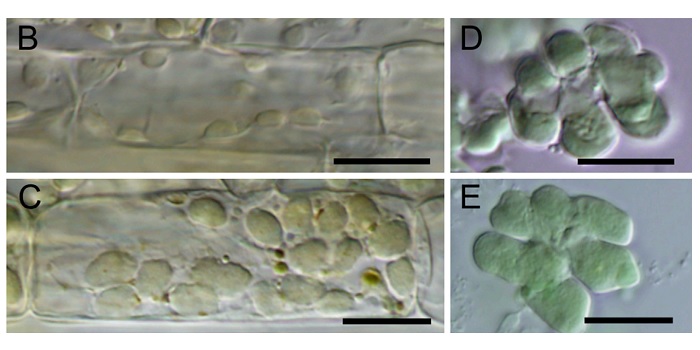
Re-creation of a key step in the evolutionary switch from C3 to C4 leaf anatomy
Blog, Plant Science Research Weekly, Research, Research BlogThe C4 Rice project aims to transition rice from a C3 crop to one that performs C4 photosynthesis, in order to realize a predicted 50% increase in yield. Here, Wang et al. expressed a positive regulator of chloroplast development, the maize GOLDEN2-LIKE transcription factor, in rice. The resulting…

The Cys-Arg/N-end rule pathway is a general sensor of abiotic stress in flowering plants
Blog, Plant Science Research Weekly, Research, Research BlogThe N-end rule pathway is a conserved pathway for the control of protein turnover, through which the clipping or modification of amino acids from the amino-terminus of a protein leads to an interaction with PROTEOLYSIS 6 (PRT6; an N-recognin E3 ligase) and 26S proteasome-mediated proteolysis. Previously,…

Expression and purification of unstable proteins using an ASK-assisted system
Blog, Plant Science Research Weekly, Research, Research BlogUbiquitin-mediated protein degradation is important in many plant processes (growth, development, responses to stress) but little is known about F-box proteins, a key component of the SCF (SKP1-CUL1-F-box protein) E3 ubiquitin ligase complex, due to their unstable protein structures. Li et al. investigated…
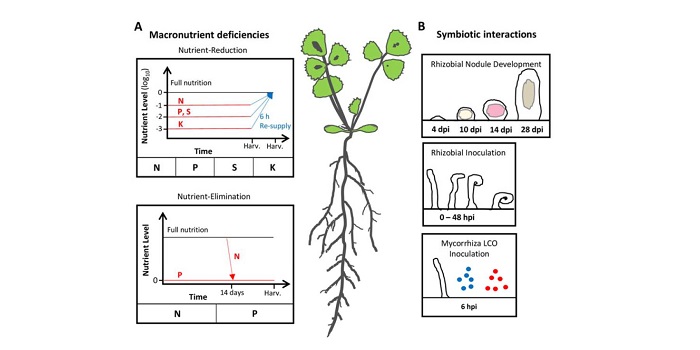
Small peptides, big importance: Small, secreted peptides as novel regulators of symbiosis and nutrient acquisition
Blog, Plant Science Research Weekly, Research, Research BlogIt is becoming increasingly evident that small, secreted peptides (SSPs) are important regulators of plant development and responses to stress. Traditional gene prediction algorithms are biased toward larger coding sequences and have therefore been inadequate in the hunt for plant SSPs. To address this…
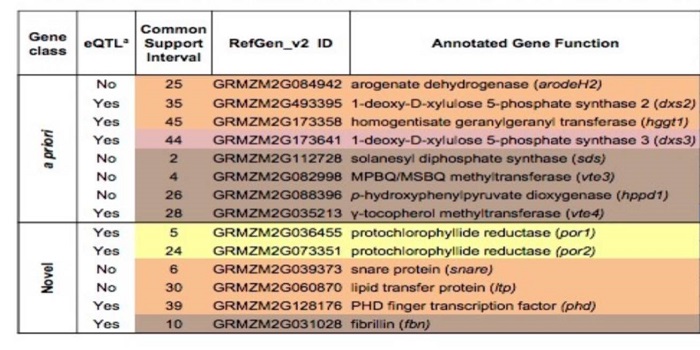
Novel loci underlie natural variation in vitamin E levels in maize grain
Blog, Plant Science Research Weekly, Research, Research BlogVitamin E (alpha-tocopherol and related tocochromanol compounds) is a lipid-soluble antioxidant that contributes to numerous cellular activities and confers protection against many diseases, from cancer to cardiovascular disease. The main sources of vitamin E for humans are plant oils, but most crop…
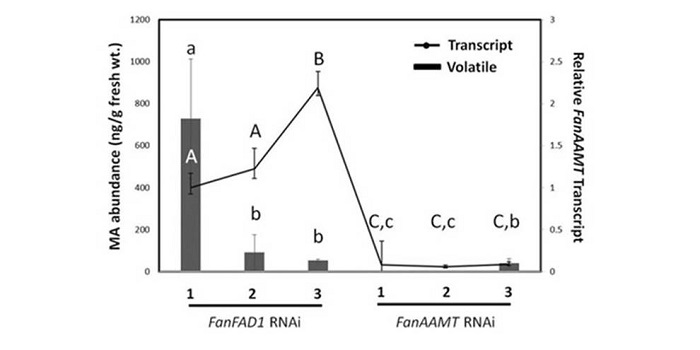
Identification of a methyltransferase catalyzing the final step of methyl anthranilate synthesis in cultivated strawberry
Blog, Plant Science Research Weekly, Research, Research BlogMethyl anthranilate (MA) is a volatile chemical that contributes to the aroma of strawberry (Fragaria spp.), but several modern varieties do not produce this chemical. Pillet et al. tried to identify the biosynthetic pathway of MA. They compared transcriptomes between MA-producing and non-producing varieties…

A plant protein structure from the MATE family, an important family of transporters ($)
Blog, Plant Science Research Weekly, Research, Research BlogThe MATE (multidrug and toxic compound extrusion) family is found in all three domains of life. Proteins in this family are secondary transporters, functioning as sodium or proton/organic cation antiporters. This family has diverse functions in plants, including vacuolar sequestration of alkaloids,…
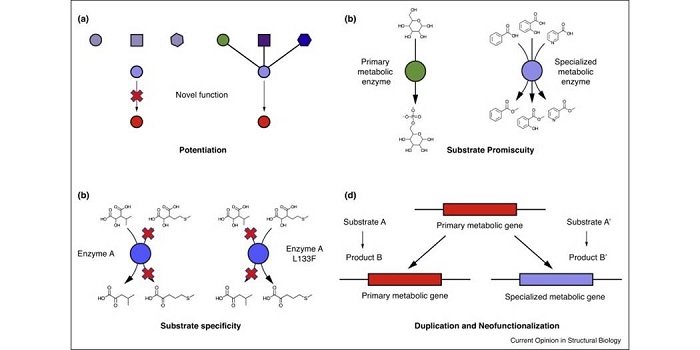
Review: Promiscuity, impersonation and accommodation: Evolution of plant specialized metabolism ($)
Plant Science Research Weekly, Research, Research BlogThe huge set of chemical pathways beyond the conserved primary metabolic network is described as specialized metabolism (formerly known as secondary metabolism). The diversity of specialized metabolites is due to recent evolutionary innovations in enzyme function, as reviewed by Leong and Last. Key processes…
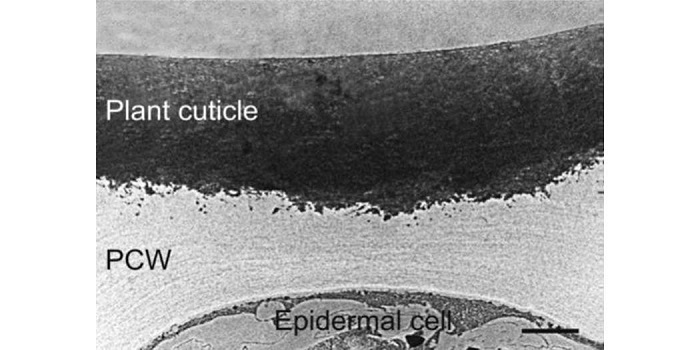
Review: Cutin from agro-waste as a raw material for the production of bioplastic ($)
Blog, Plant Science Research Weekly, Research, Research BlogWhen we think about making things from plant biopolymers, we often think about cellulose, the “most common natural polymer on Earth, with an estimated annual biomass production between 1011 and 1012 tons” or ligin, with a biomass production on the order of 107 tons per year. Heredia-Guerrero et al.…

